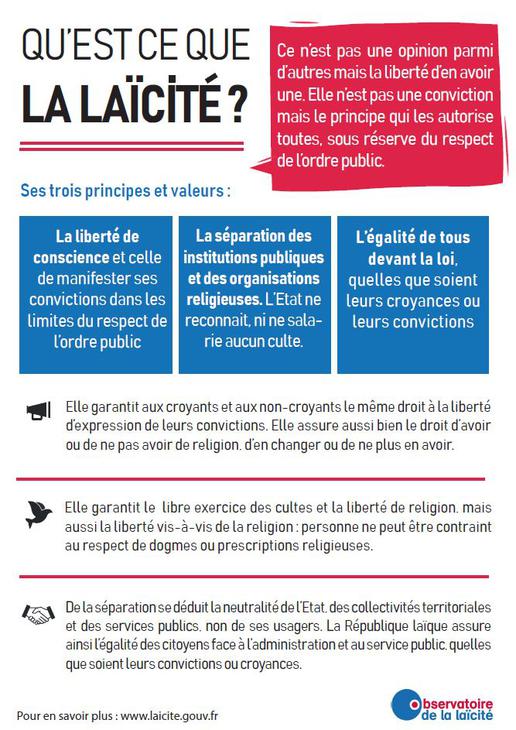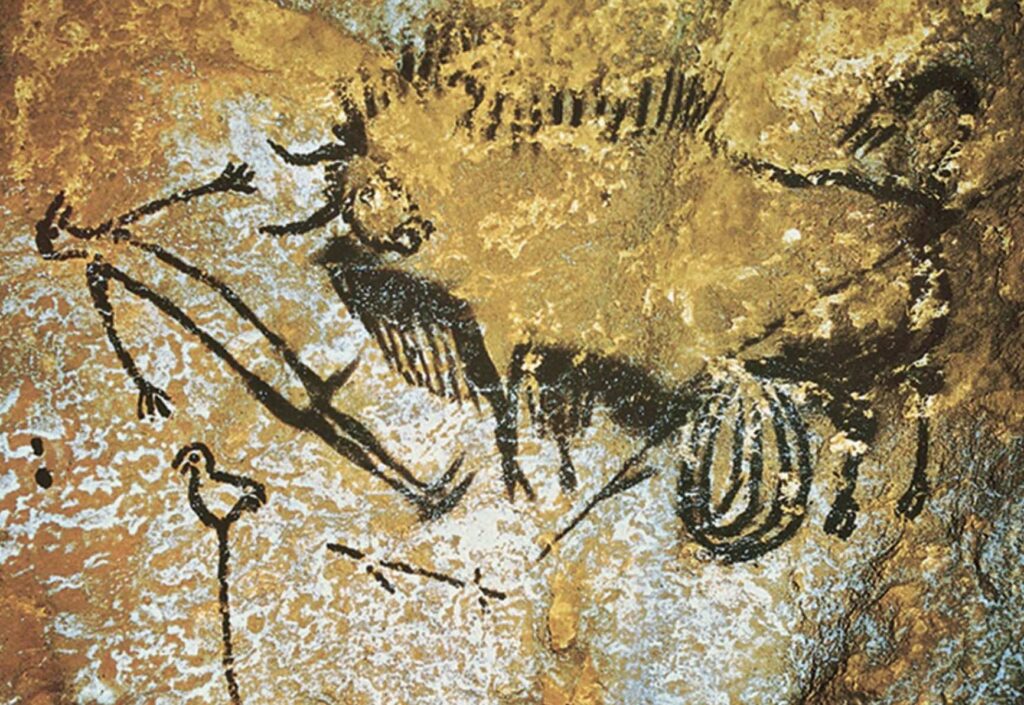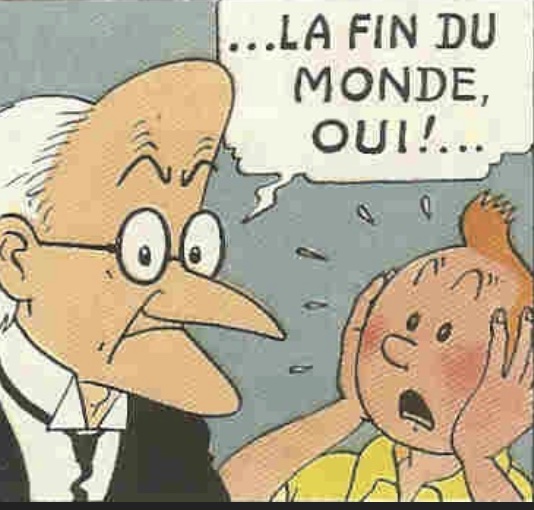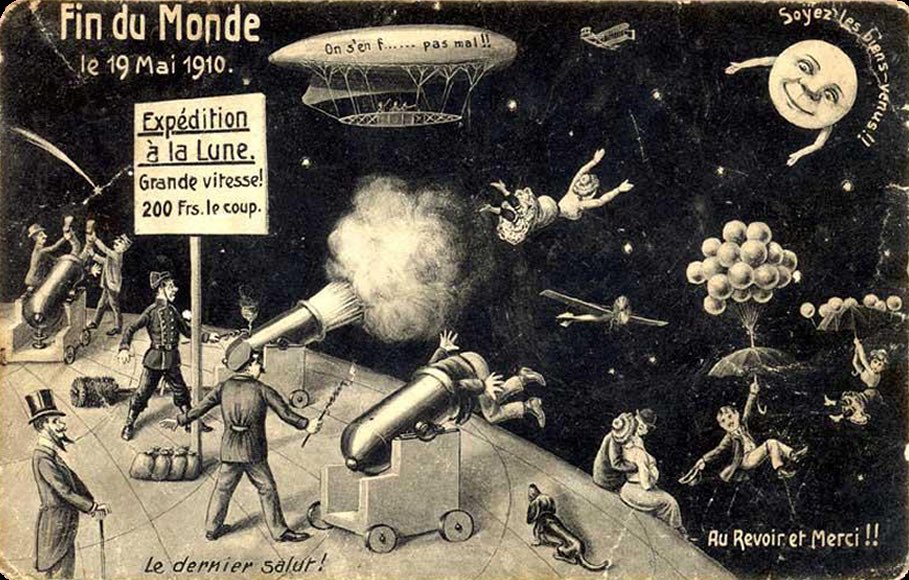Éléments de réponse :
History, mosaic by Frederick Dielman. House Members Room, Library of Congress Thomas Jefferson Building, Washington, D.C.
The figure of History, in the mosaic’s center, holds a pen and book. On both sides of her, there are tablets mounted in a marble wall with benches on either side of the tablets. The tablets contain the names of great historians. One tablet contains the names of the ancient historians Herodotus and Thucydides in brighter gold, followed by Polybius, Livy, Tacitus, Bæda, Comines. The other tablet contains the name of the modern historians Hume and Gibbon in brighter gold, along with Niebuhr, Guizot, Ranke, and the Americans Bancroft and Motley. At the foot of one of the tablets is a laurel wreath symbolizing peace, and at the foot of the second tablet is an oak wreath symbolizing war. A palm branch designating success rests against the wreaths and tablets.
The female figure on one side of History is Mythology. As the symbol of the theories of the universe, she holds a globe of the earth in her left hand. The Greeks’ female sphinx to her right represents the eternally insoluble Riddle of the World. Tradition, the aged woman seated on the other side of History, represents medieval legend and folk tales. She is shown in the midst of relating her old wives’ tales to the young boy seated before her. The distaff in her lap, the youth with a harp in his hand (a reference to the wandering minstrel of the Middle Ages), and the shield are reminders of a past age. The mosaic includes ancient buildings from the three nations of antiquity with highly developed histories: an Egyptian pyramid, a Greek temple, and a Roman amphitheater.
La figure de l’Histoire, au centre de la mosaïque, tient un stylet et un livre.
Des deux côtés d’elle, il y a des tablettes montées dans un mur de marbre avec des bancs de chaque côté des tablettes. Les tablettes contiennent les noms de grands historiens. Une tablette contient les noms des anciens historiens Hérodote et Thucydide en or plus brillant, suivis de Polybe, Tite-Live, Tacite, Bæda, Comines. L’autre tablette contient le nom des historiens modernes Hume et Gibbon en or plus brillant, ainsi que Niebuhr, Guizot, Ranke et les Américains Bancroft et Motley. Au pied de l’une des tablettes se trouve une couronne de laurier symbolisant la paix, et au pied de la deuxième tablette se trouve une couronne de chêne symbolisant la guerre. Une branche de palmier désignant le succès repose contre les couronnes et les tablettes.
La figure féminine d’un côté de l’Histoire est la Mythologie. Symbole des théories de l’univers, elle tient dans sa main gauche un globe terrestre. Le sphinx féminin des Grecs à sa droite représente l’énigme éternellement insoluble du monde.
La Tradition, la femme âgée assise de l’autre côté de l’Histoire, représente la légende médiévale et les contes populaires. Elle est représentée en train de raconter les histoires de ses vieilles femmes au jeune garçon assis devant elle. La quenouille sur ses genoux, le jeune avec une harpe à la main (une référence au ménestrel errant du Moyen Âge) et le bouclier sont des rappels d’une époque révolue.
La mosaïque comprend des bâtiments anciens des trois nations de l’Antiquité avec des histoires très développées : une pyramide égyptienne, un temple grec et un amphithéâtre romain.
à voir : une petite histoire de l’Histoire (par Nota Bene) :
https://www.youtube.com/watch?v=KiuoF-Bh0f0





